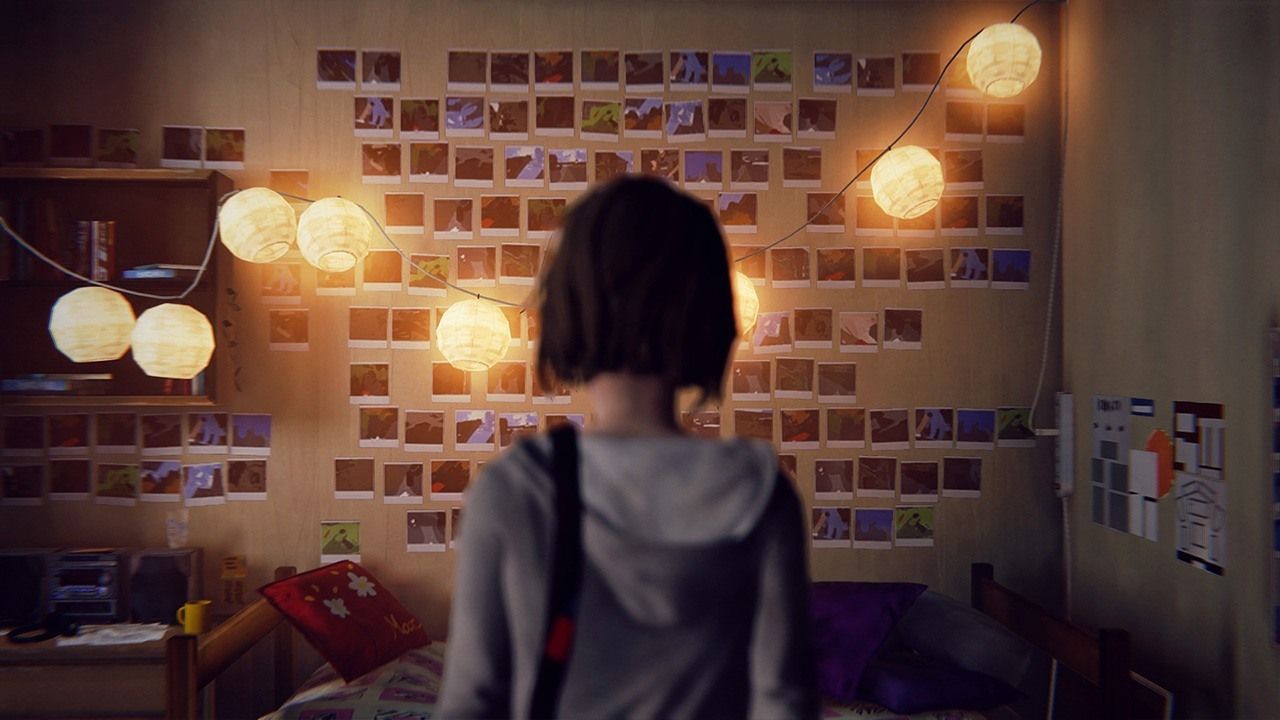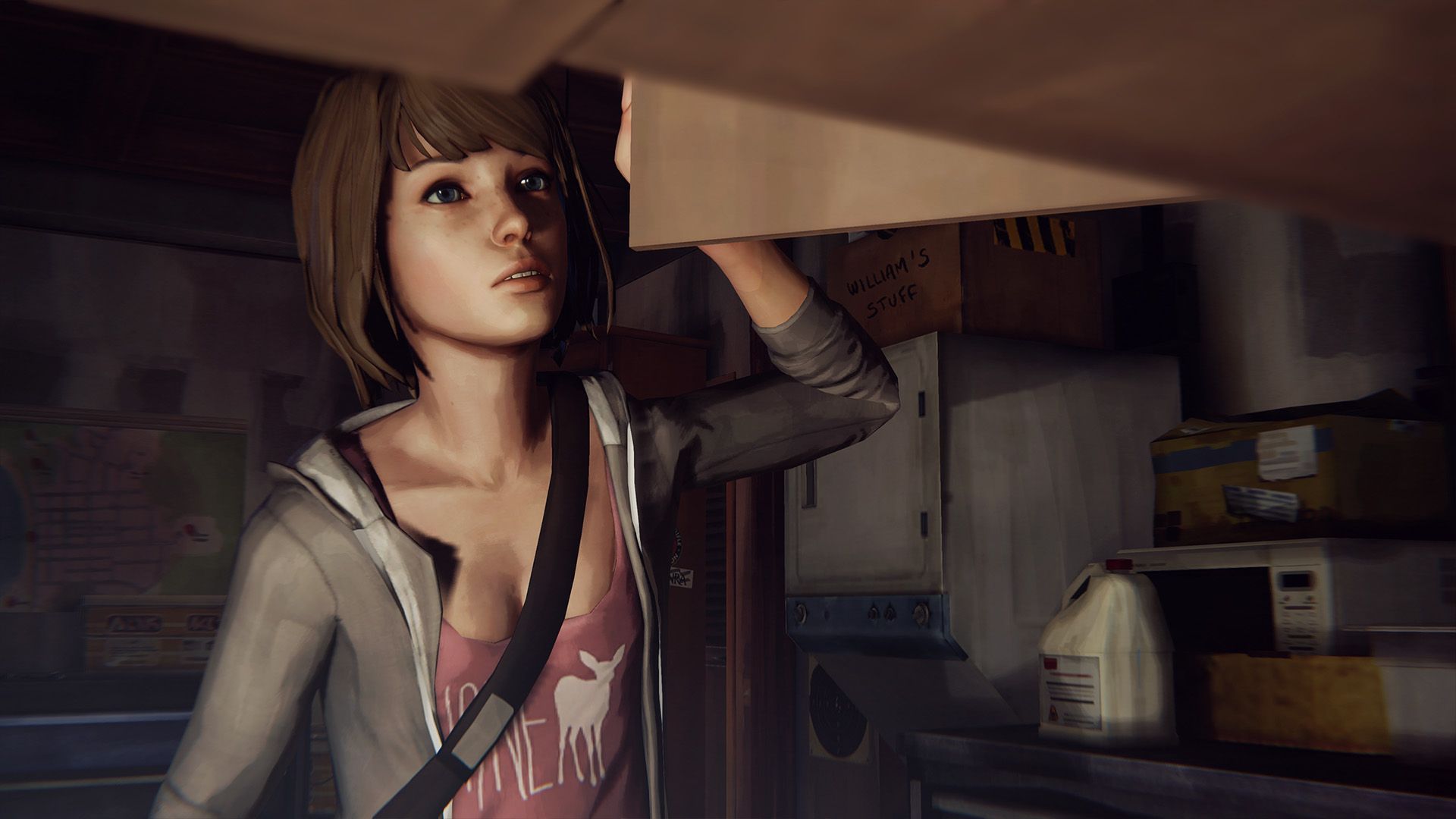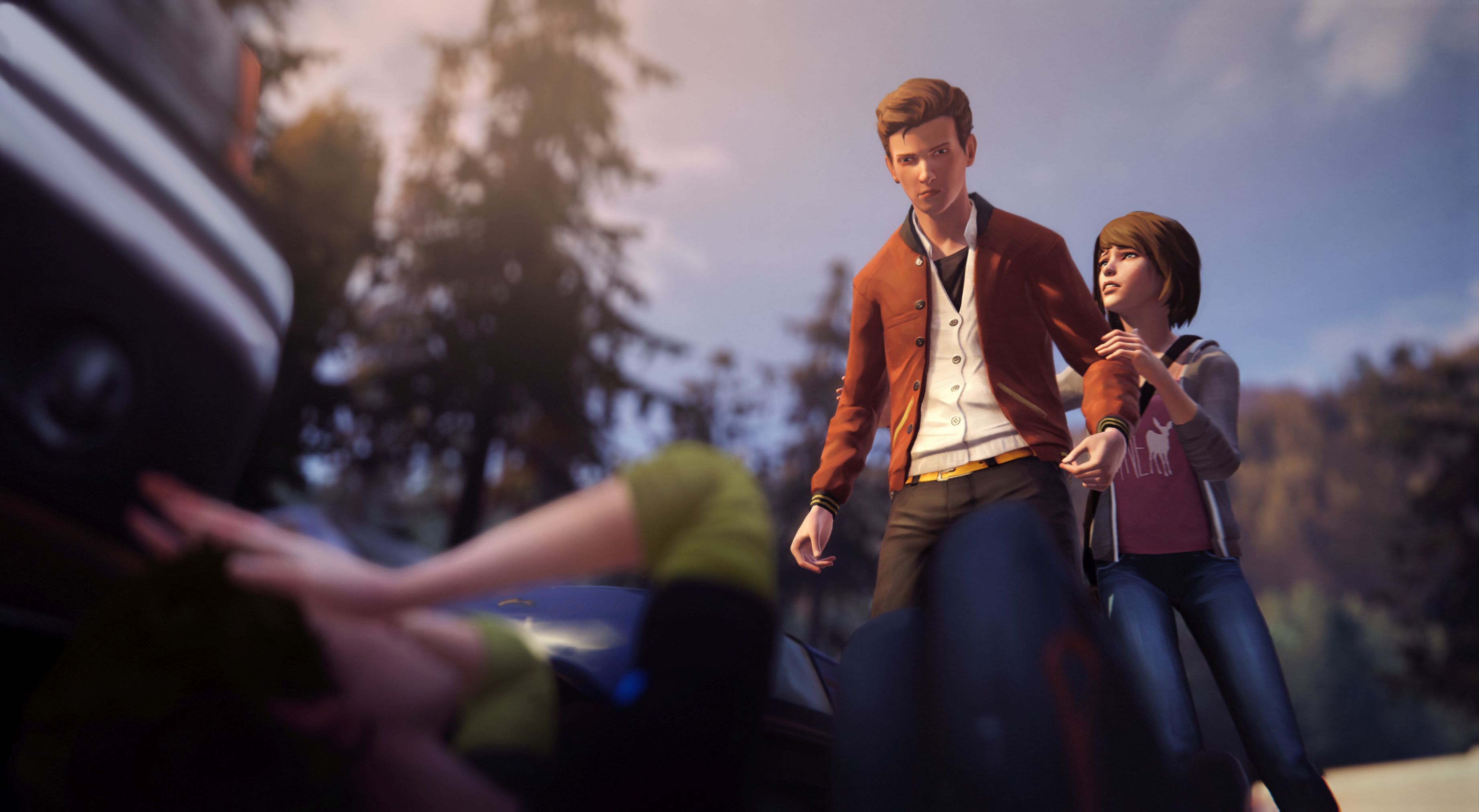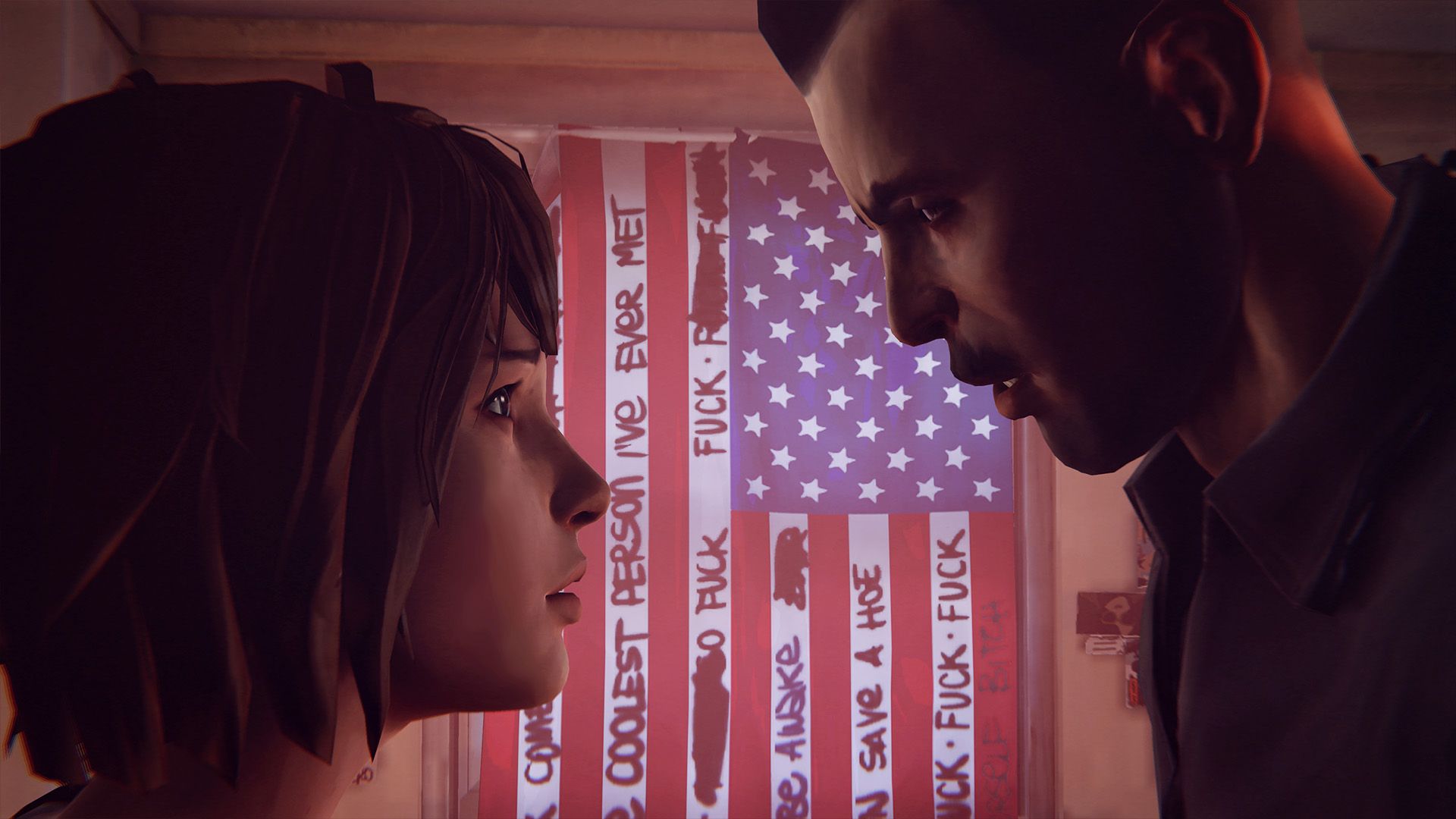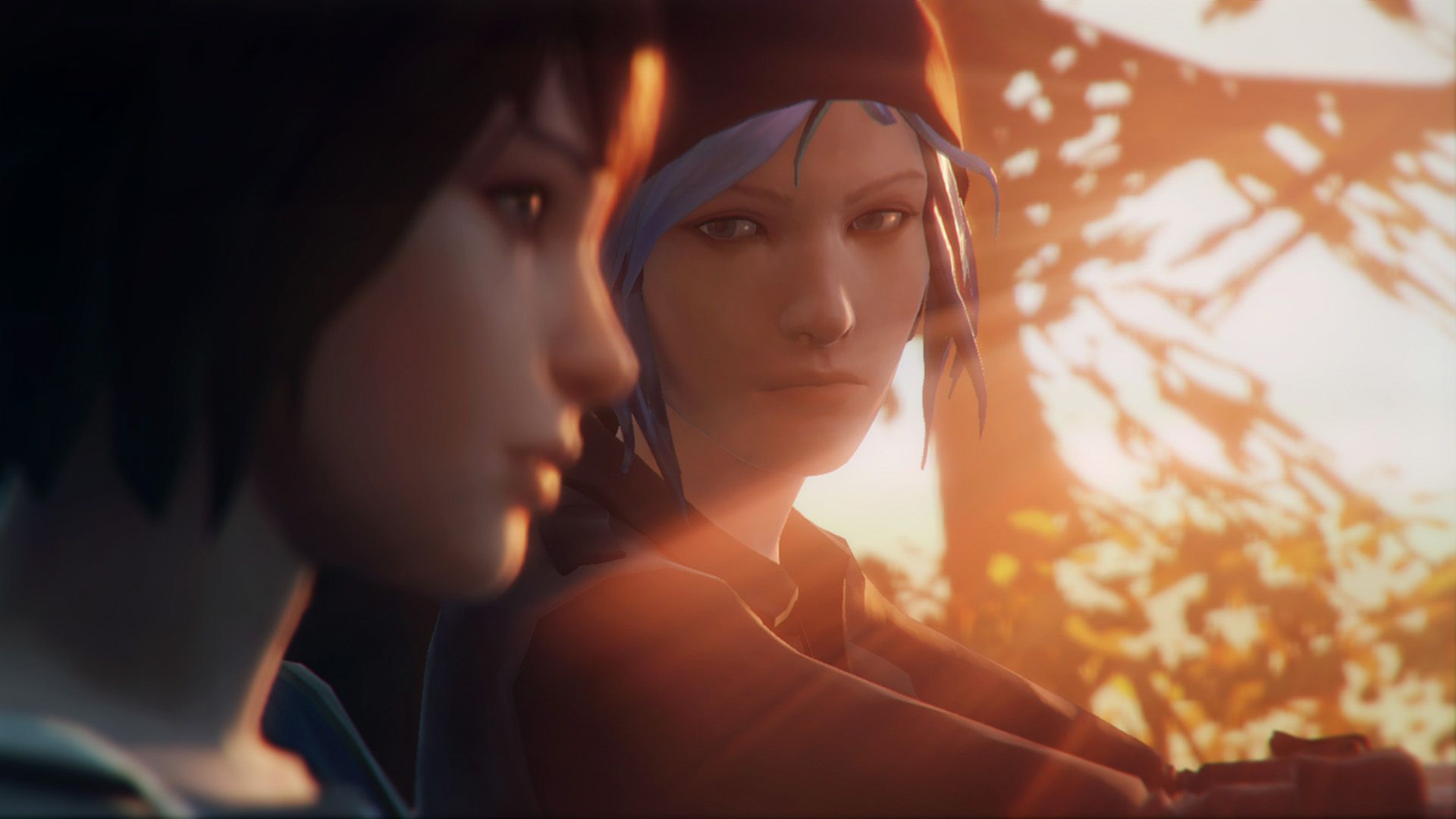[Reviewer’s Note – This review for Dontnod Entertainment’s Life is Strange covers the entire season of the series, reviewed as a whole. For our reviews of all five episodes individually, you can follow the links below:]
***************************************************************************************************************
Coming pretty much out of nowhere for me in the beginning of the year, Life is Strange is one of those games I would say is one of 2015's most interesting titles. As the tale of Maxine, Chloe, and the other residents of Arcadia Bay came to a close over the course of five episodes, developer Dontnod Entertainment and Square Enix's episodic title wasn't always perfect, though its intriguing mix of the supernatural and its down-to-earth, coming-of-age story still created one of this year's most memorable stories.
As an adventure title molded from the point-and-click-era, Life is Strange followed the teenaged Maxine Caulfield through her trials at Blackwell Academy, going through the usual rounds of life in a high school setting. From romance, to gossip, to bullying, and home life, Life is Strange's story focused not just on the slice-of-life happenings at a Pacific northwest town with Max, her friends, and family, but also introduced a whole other dimension (literally and figuratively) with elements of time travel, the supernatural, and most of all, the consequences of player choice and actions.
Titles like The Walking Dead, The Wolf Among Us, and numerous others of the modern take on the adventure game have all used player choice in one way, shape, or another as the choice of players from one episode bleeds into the next. Yet, while those previous titles dealt with more fantastical elements like a zombie apocalypse or noir-era detective work, the choices present in Life is Strange had a bit more of an immediacy to them that I haven't quite experienced with other episodic games like it, made even stronger by its willingness and (most of the time) its complete daring to tackle some emotional, heavy, and sometimes disturbing material.
Combining the elements of a teenager's coming of age with elements like those you'd find in Twin Peaks, Life is Strange's story grabbed me with its ability to relate to so many honest, human emotions while also introducing its more far-fetched mechanics and themes, like those of time travel and being able to shape and rewind events for different outcomes.
Even when faced against some of the more imposing threats like the ominous storm that threatens to rip apart Arcadia Bay, its more human elements were the ones that felt the most important and gripping to me, from helping Kate Marsh in the face of bullying to experiencing and reflecting on Chloe's troubled home life and relationship with her parents, Life is Strange proved that more fantastical threats like the end of the world or an impending apocalypse don't have to be the sole motivations for a compelling story.
Though plagued by some poor dialogue and voice acting in the early episode, it's clear that Life is Strange, much like its teenaged protagonists, grew and really came into its own through its five episodes. From the picturesque northwestern America setting to its cast of characters from all walks of life, Life is Strange made me care about its characters beyond just Maxine and Chloe. In particular, the game's ability to make even its most hated characters seem human and relatable is truly commendable: the game's setting and tone could have lent itself easily to cliched high school tropes and stereotypes, though Life is Strange never succumbed to them entirely.
Player choice and being able to decide the events or next part of a story have been the crux of episodic games for the last few years, and even with something conceptually simple like Life is Strange's time-rewinding mechanic, it added so much more to the experience than just being able to go back and pick a different route. The early chapters of the game used this well by not only letting you rewind events to pick a different path, but requiring it for puzzle solutions like moving a character out of the way of an impending event, or obtaining a piece of information, rewinding, and then using that against them in a conversation.
The time travel mechanics of Life is Strange certainly played stronger as a game mechanic than a plot device, however, as several moments in the game's story result from the game breaking its own rules. In the beginning, Max's discovery of her time travel abilities grew gradually and believably, though her more powerful abilities later in the game quickly became conveniences to the game's plot more and more often. Why could Max not do this previously? Why can she only use her powers this way and not that? As a mechanic it was used well by the early chapters of Life is Strange, but later on the limits and capabilities of her powers grew more strained and less believable, especially in relation to what players could and couldn't do.
That said, by the end of Life is Strange it's hard to say how much that the player's choice and influences factored in to the final outcome, or even during some of the game's major events other than providing some decisions to make along the way. Ultimately, Life is Strange was the story of Maxine and Chloe and it's clear that Dontnod wanted it to go in a certain direction, though having a bit more of an immediate and meaningful impact on the game's conclusion may have helped with the slightly lacking ending to the series.
Though the later episodes of Life is Strange lacked some of the strength and poignancy of its earlier chapters, its set-up and world grabbed me immediately, which Dontnod deserves immense credit for creating an experience out of elements that, taken on their own terms, seemed like they never would have worked. You can boil down Life is Strange to a time-traveling decision-making teen girl simulator at its basic level, but it also happens to be one of the most compelling stories of the year with great characters and style, even if its story comes at odds sometimes with its gameplay and core ideas.
Even though at this point now I know how Maxine and Chloe's story ends with the conclusion of Life is Strange, I'll happily rewind back to the beginning for another chance at seeing their story again for the first time.
Life is Strange
- Franchise
- Life is Strange
- Released
- January 30, 2015
- Developer(s)
- Feral Interactive , DON'T NOD
- Publisher(s)
- Feral Interactive
- Engine
- unreal engine 3,4
- ESRB
- t
- How Long To Beat
- 15 hours

